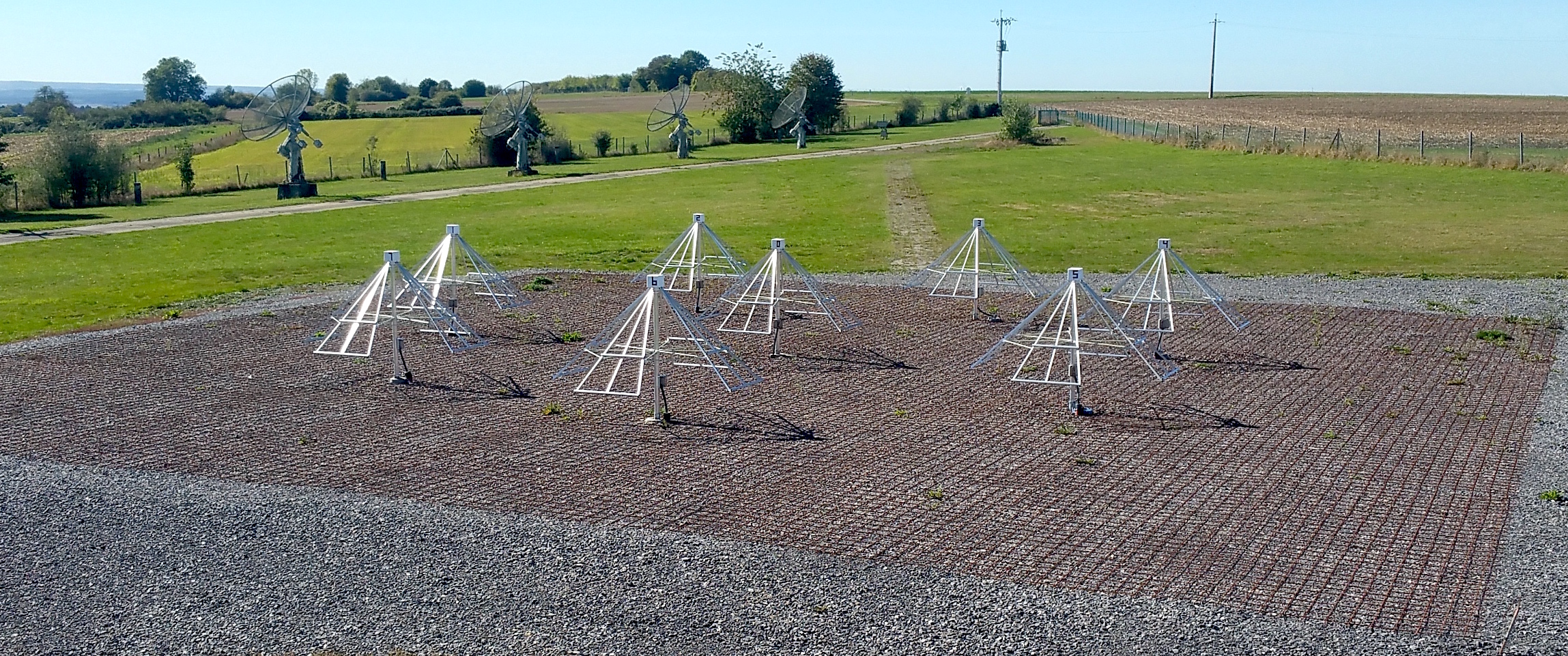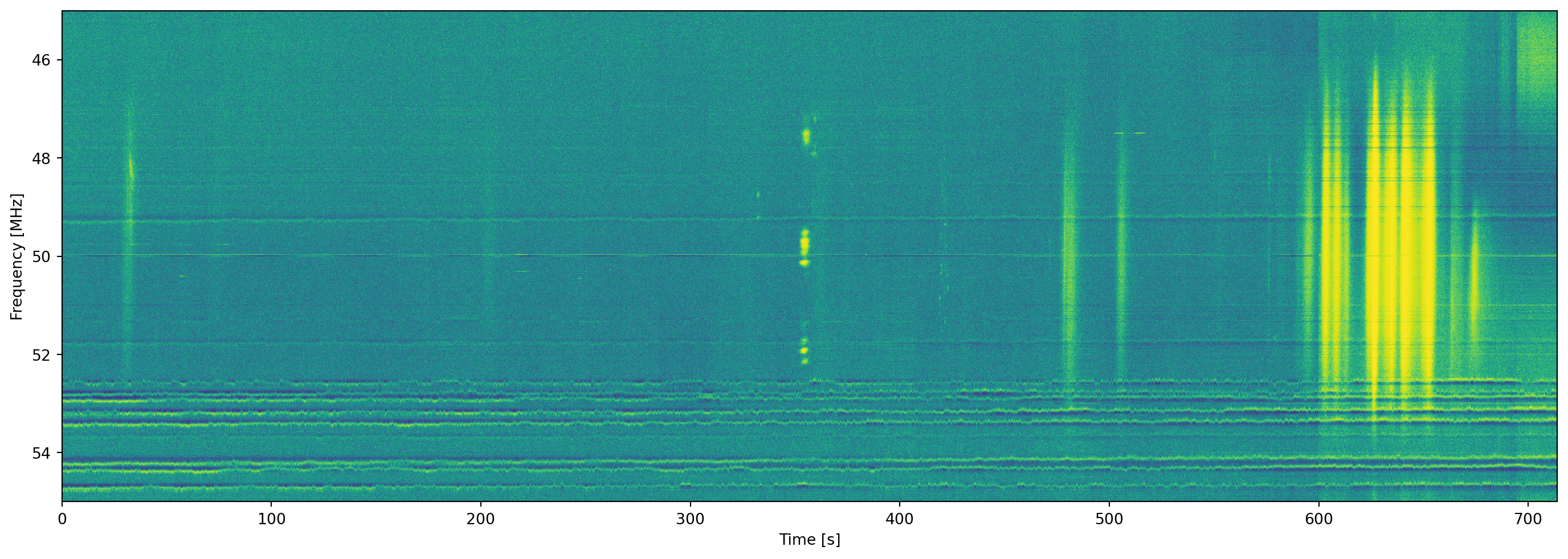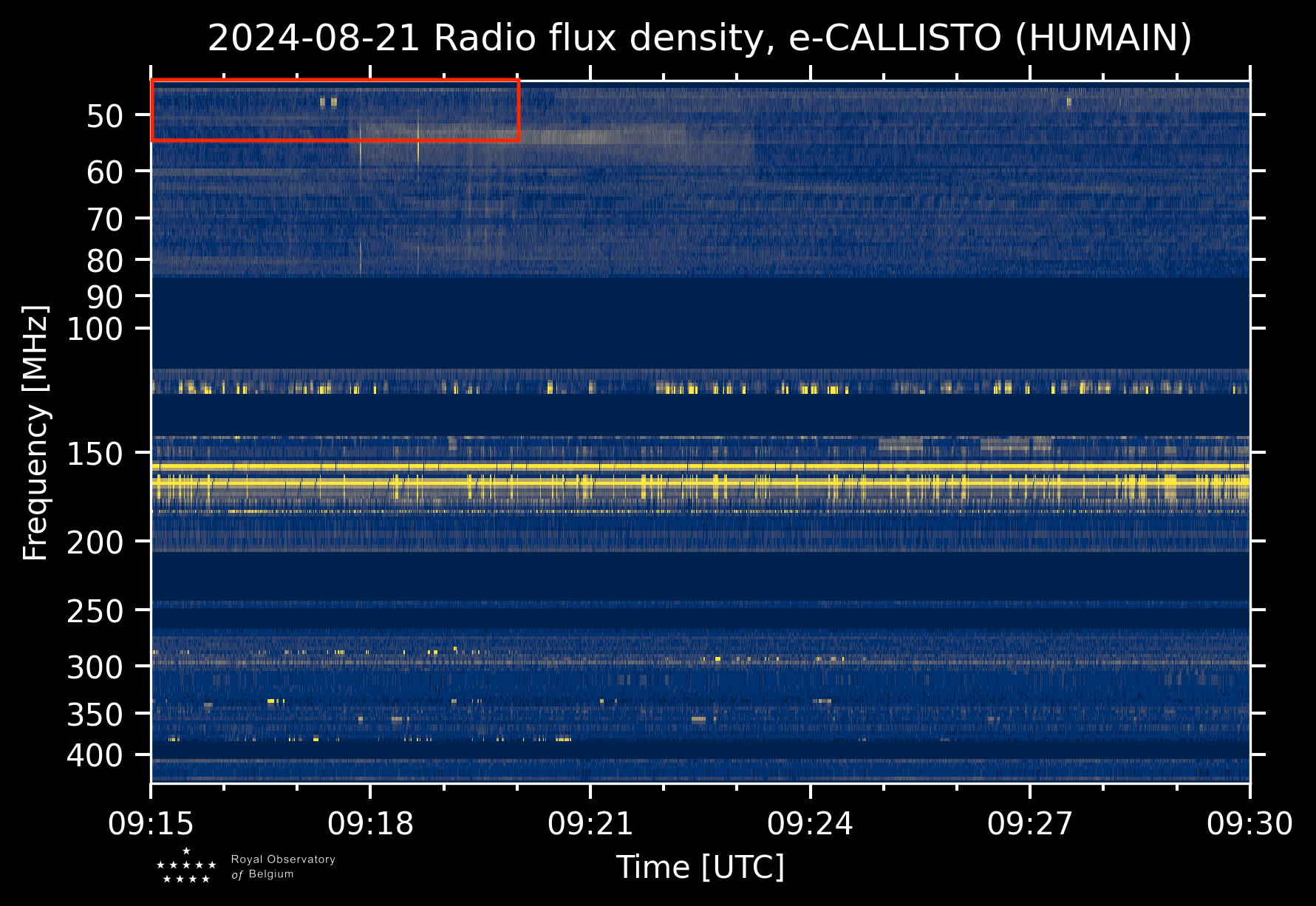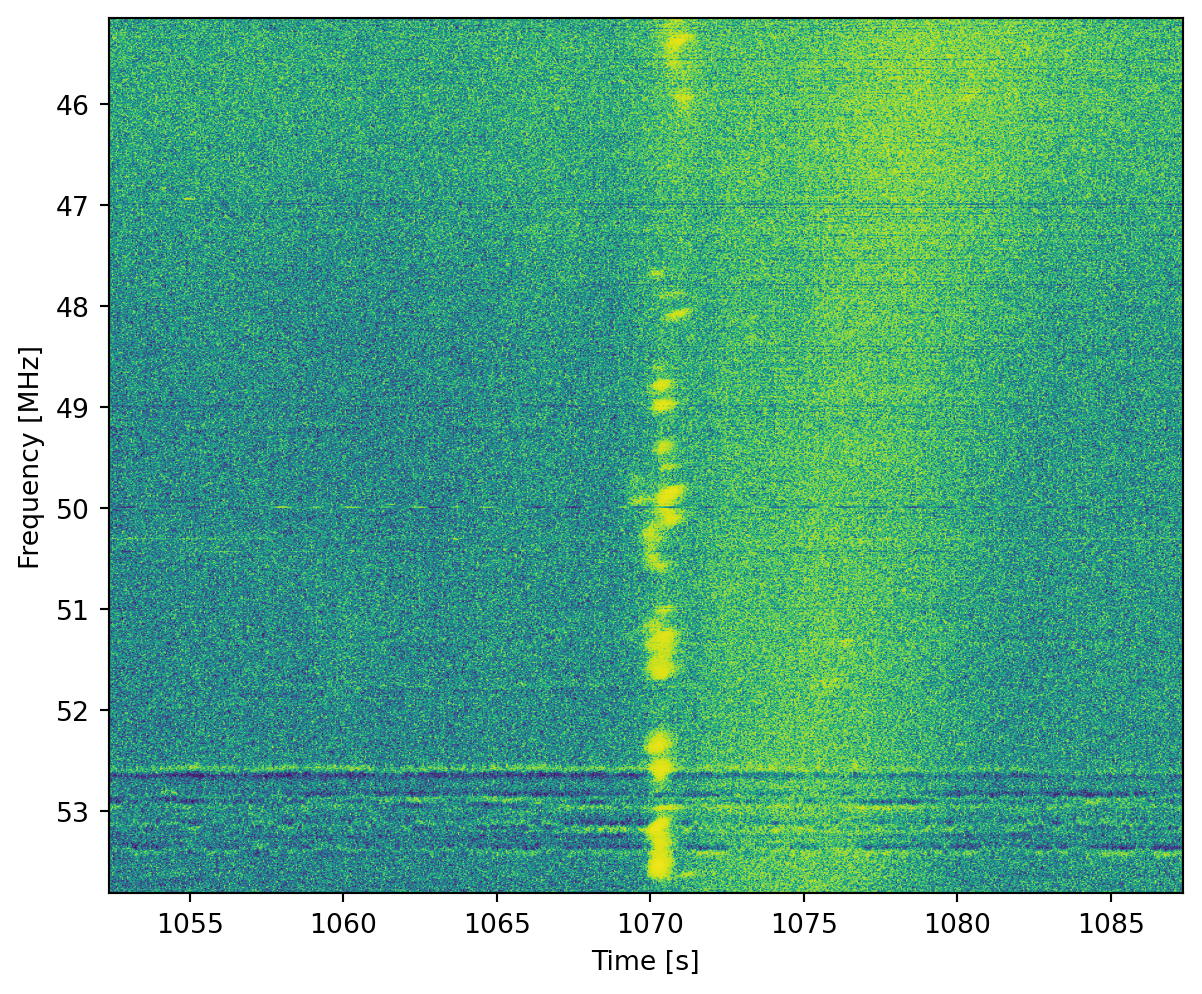Deep in the hills of the Belgian Ardennes, near the tiny village of Humain, lies the STCE’s radio-astronomy station. While the site may seem dormant, and even a bit abandoned, we continue to make daily radio-observations there that our crucial for our space weather prediction center as well as our research on solar activity. And thus we also keep innovating by improving our instrumentation, and implementing new techniques.
In the past couple of weeks, the radio-astronomy team has worked relentlessly on a new setup and calibration procedure for the 2 receivers which are part of the SPADE instrument. SPADE stands for Small Phased Array Demonstrator and is a small array of 8 antennas. SPADE has as main advantage that it has no technical moving parts. And we all know that moving parts can more easily break, which is quite inconvenient when the engineers and technicians are located in Brussels, more than a 100 km away.

The principle of SPADE is that by adding the signal of all channels, we can make a virtual antenna (even more sensitive than each individual antenna) pointing at the zenith. If we take for example, the central antenna as a reference, we can point the array towards the Sun by delaying the signal of each antenna with respect to the reference. In practice this is done by multiplying each channel by a certain phase. This phase is calculated according to geometrical considerations and the position of the Sun in the sky.
First Observation
After adding up the 8 channels, we make a spectrum and then observe for a while to make a dynamic spectrum such as the one below. This image shows almost 12 minutes of observations between 09:08 UT and 09:20 UT on August 21 2024. A CALLISTO spectrum from Humain is shown for comparison, with the corresponding frequency band highlighted in red. Note that the CALLISTO spectrum starts at 09:15 UT only. We see on the SPADE spectrum a group of type III bursts, barely visible on CALLISTO. This highlights the complementarity of these different instruments that are operating side by side in Humain.


More fun with SPADE
Still on August 21, we observed for about 30 minutes with SPADE, and caught a type III storm, linked to the large sunspot groups currently visible on the solar disk. Nothing is visible with CALLISTO due to its much lower sensitivity. The SPADE spectrum also shows fine structure for some of the type IIIs, called stria bursts, which are linked to inhomogeneities in the corona. And so SPADE opens the door to new research: who knows what else we will see?








